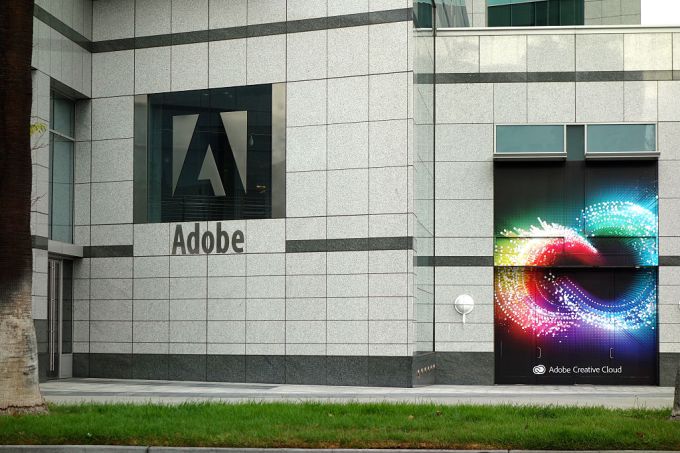For years, the goal of marketers was to understand the customer so well, they could respond to their every need, while creating content specifically geared to their wishes. Adobe Cloud Platform has long acted as a vehicle to collect and understand customer data inside the Adobe toolset, but today Adobe took that a step further.
The company hopes to transform Adobe Cloud Platform into a company’s experience record keeping system, a central place to collect all the data you may have about a customer from both the Adobe Cloud Platform and external data sources.
Suresh Vittal, vice president of platform and product at Adobe Experience Cloud says tools like CRM were intended to provide a record keeping system for the times, and they were fine in a period when entering and retrieving data was state of the art, but he thinks there needs to be something more.
“A lot of investments for past generations of software evolution have been around batch-based operational systems. While they were necessary back then, they are not sufficient where these brands are going today,” he told TechCrunch.

Adobe Systems world headquarters in San Jose, California USA Photo: Getty Images Lisa Werner / Contributor
Over time, as companies gather more and data, Adobe believes they need something that centers around the dynamic interactions brands are having with customers. “We believe every customer needs an experience system of record, a central [place to record] where the brand brings together experience data, content and a unified profile to power the next generation of experience,” he said.
To achieve this goal, the company is doing more than creating a new construct, it has built a new data model along with tools for data scientists to build custom data models.
Of course where there is data, there needs to be some machine learning and artificial intelligence to help process it, especially in a case where the goal is to pull disparate data into a central record. Adobe’s particular flavor of AI is called Sensei and the company is giving developers access to the some of the same AI algorithms it uses in-house to build its platform.
Any time you start pulling data together from a variety of sources to create a central record keeping system about a customer, there are huge privacy implications, and even more so with GDPR coming on line at the beginning of May in the EU. Vittal says the company has built in a governance and compliance layer into the toolset to help companies comply with various regulations around sharing data.
“You cannot turn all of this data into something useful without safeguards— semantics and control.” He says this involves creating a data catalogue, labeling data in the record and associating rules with each type. That way, data emanating from the EU will need to be handled a certain way, just as any personally identifiable information needs to be safeguarded.
This is where the machine learning comes in. “When you create data across the experience system of record, the data catalog recognizes [certain types of] data and recommends labels based on types of data using machine learning.”
All of this is very likely an attempt to compete with Salesforce, which provides sales, marketing and customer service stitched together with their own artificial intelligence layer, Einstein. The recent $6.5 billion MuleSoft purchase will also help in terms of pulling data of disparate enterprise systems and into the various Salesforce tools.
The tools and services announced today give Adobe a fully intelligent, machine learning-driven solution of their own. The whole notion of a customer experience record, while a bit of marketing speak, also serves to help differentiate Adobe from the pack.
